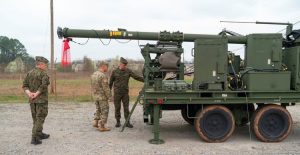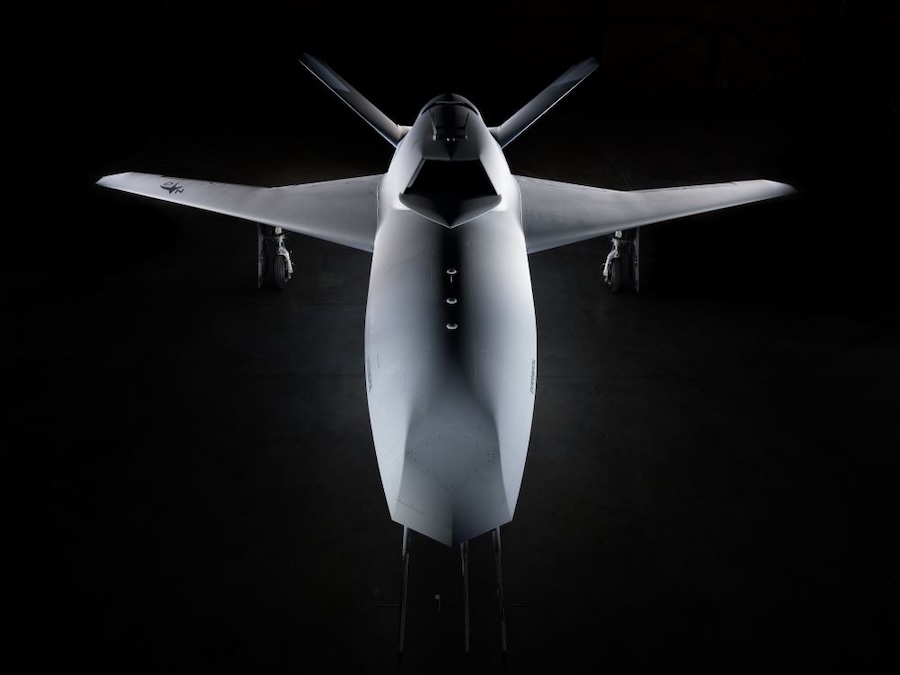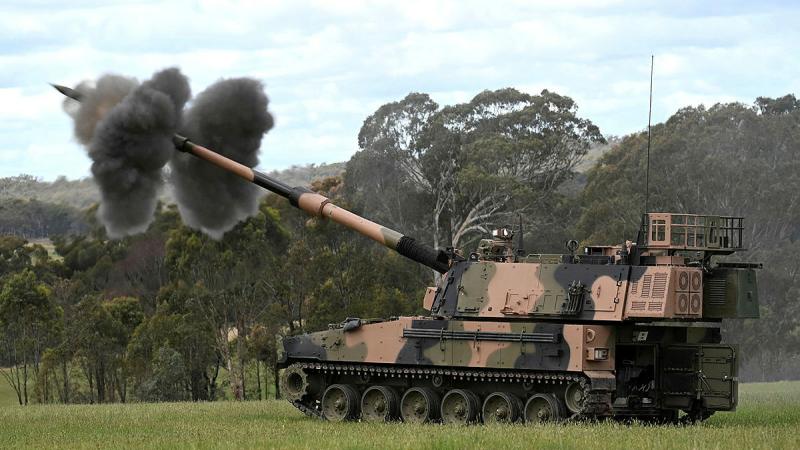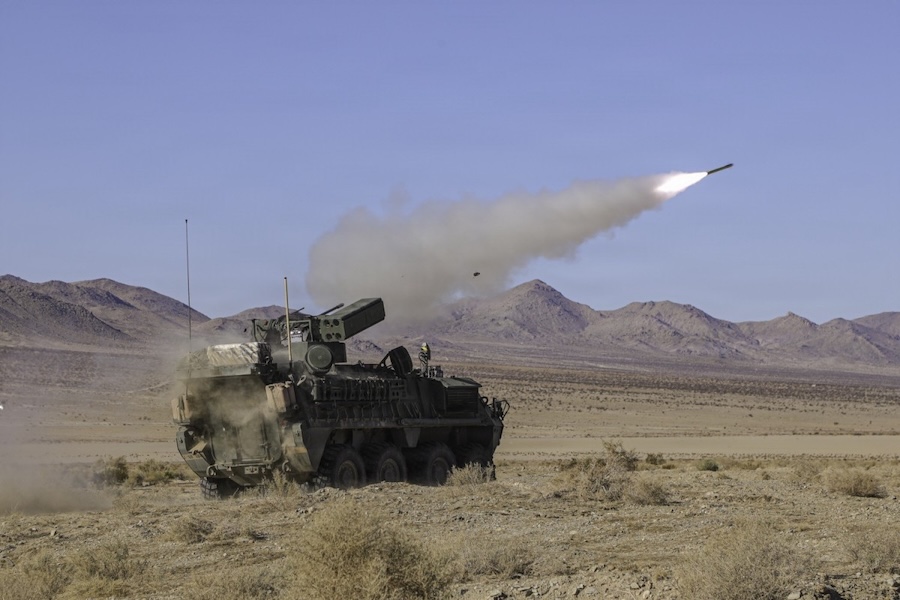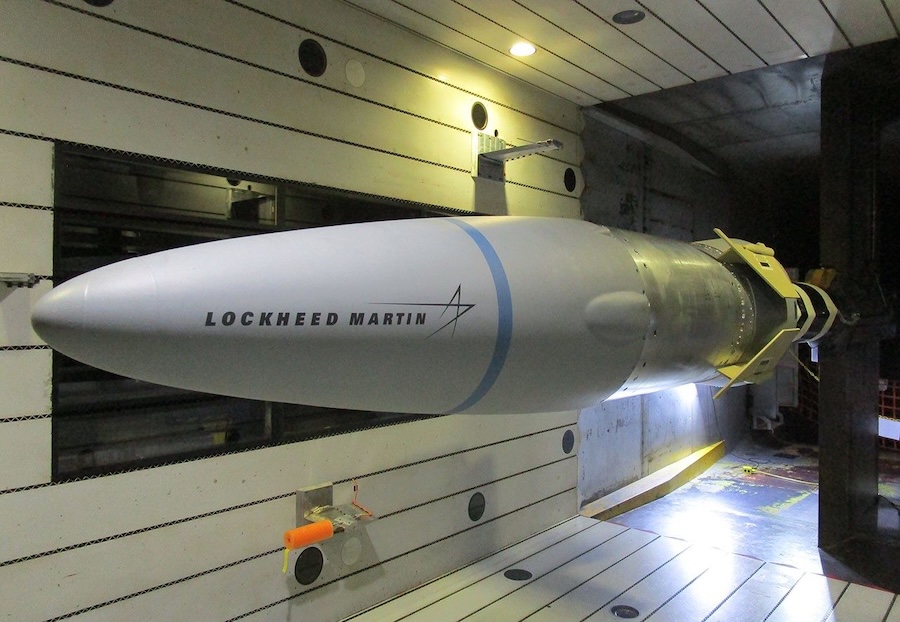Under the LRIP phase, the company produced and delivered 142 MEIs from its facility in Huntsville, Alabama. These include 35 Engagement Operations Centers, 32 Integrated Fire Control Network Relays, and 75 Integrated Collaborative Environments.
“Northrop Grumman’s delivery of IBCS MEIs to the U.S. Army underscores our commitment to deliver cutting-edge technology,” said Jeremy Knupp, vice president, global command and control solutions at Northrop Grumman. “We have the manufacturing depth and capacity to deliver IBCS at speed, ensuring our armed forces are equipped to meet the challenges of modern warfare with enhanced situational awareness, decision-making precision and operational adaptability.”
IBCS is a modular, open-architecture command and control system that connects current and future sensors and effectors across domains. It provides a single, fused view of the battlespace, enabling faster and more informed decisions in complex threat environments.
The system plays a foundational role in the U.S. Army’s integrated air and missile defence modernisation programme. It is designed to support joint and coalition multi-domain operations through scalable and network-enabled capabilities.
Northrop Grumman was awarded a five-year contract worth over $1 billion by the U.S. Army in December 2021 for both low-rate and full-rate production of IBCS. The LRIP deliveries mark the transition to the next production phase under this contract.
The company will now begin manufacturing IBCS under full-rate production at its Enhanced Production and Integration Center (EPIC) in Madison, Alabama. This state-of-the-art facility supports increased production capacity and accelerated delivery of mission-critical systems.
Northrop Grumman employs nearly 100,000 people and operates over 30 million square feet of manufacturing space across the United States. Through continued investment in infrastructure, innovation, and its workforce, the company is focused on delivering advanced solutions for today’s and tomorrow’s defence challenges.








